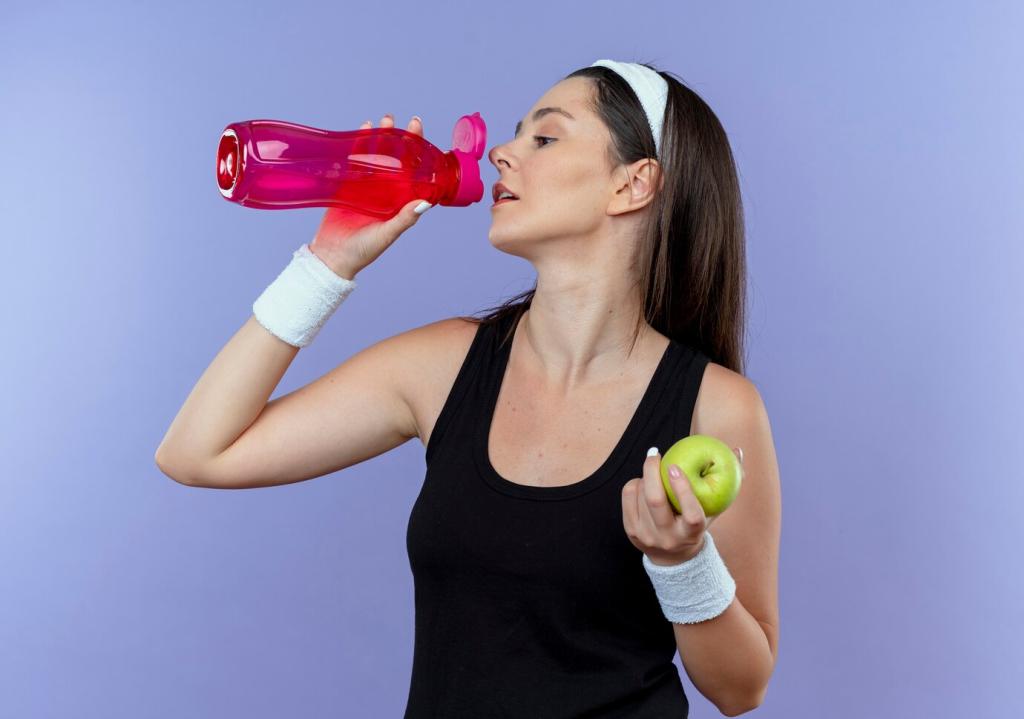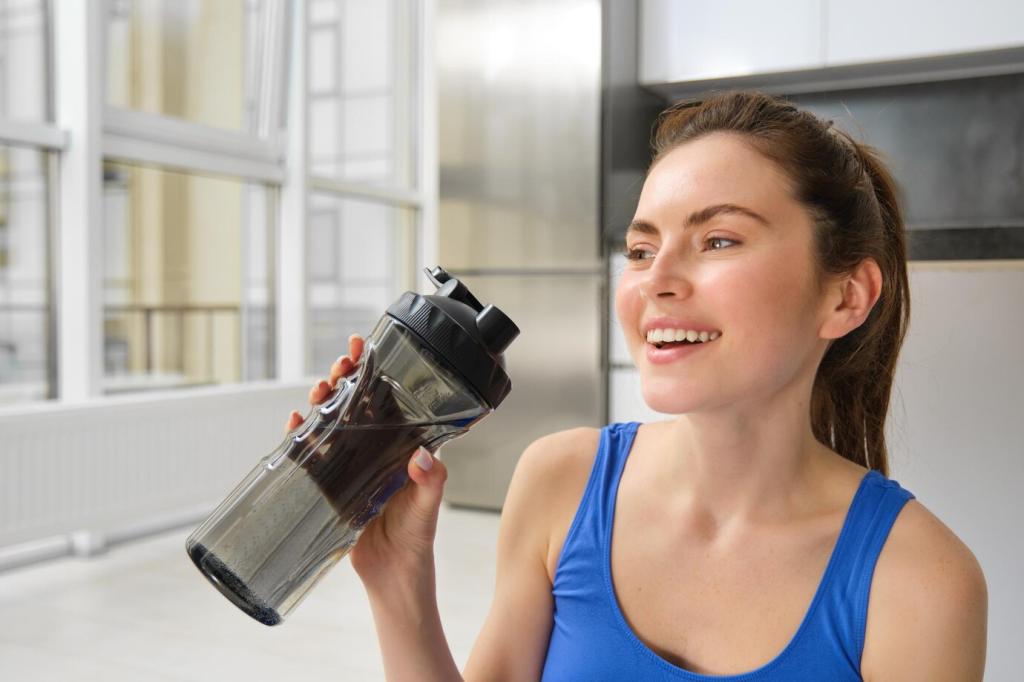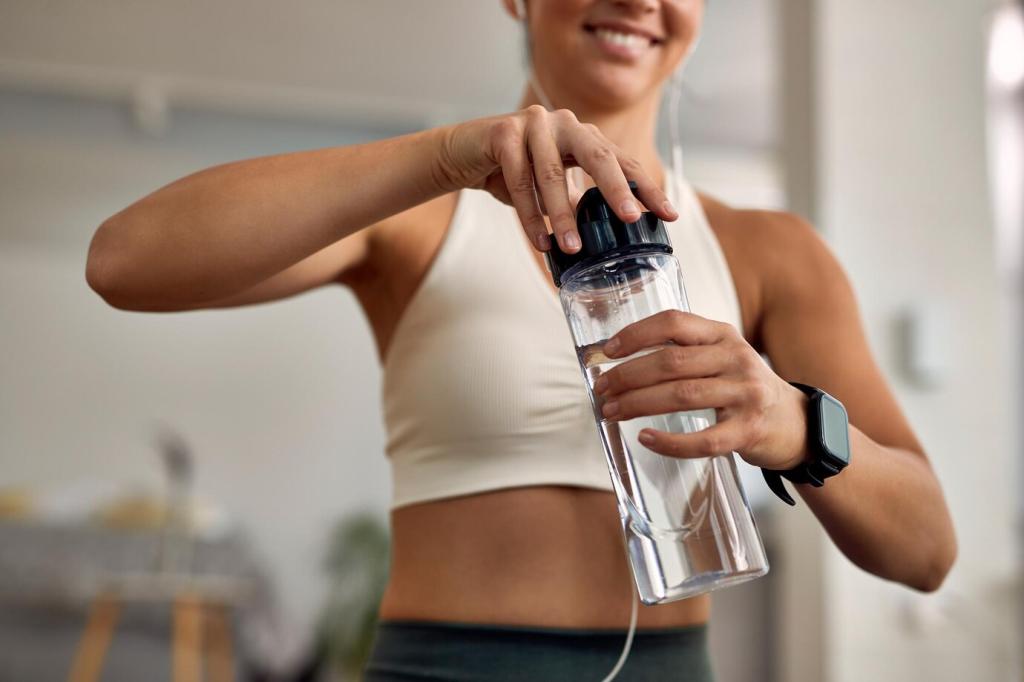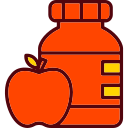
Planning Protein-Packed Meals for Athletes
Chosen theme: Planning Protein-Packed Meals for Athletes. Build delicious, evidence-based plates that power training, sharpen recovery, and simplify busy weeks. Stick around, share your questions, and subscribe for weekly tips and recipes tailored to athletes.

Daily Protein Benchmarks
For most athletes, 1.6–2.2 grams of protein per kilogram supports muscle repair and adaptation. Endurance phases may skew lower; heavy lifting cycles and calorie cuts often benefit from the higher end of the range.
Leucine Threshold and Distribution
Aim for roughly 0.3 grams of protein per kilogram per meal, hitting around 2–3 grams of leucine to spark muscle protein synthesis. Spread intake over four to five feedings, including a post-workout and evening dose.
Hydration and Micronutrient Companions
Protein works best with solid nutrition fundamentals. Hydrate consistently and cover micronutrients—iron, vitamin D, magnesium, and calcium—to support oxygen transport, neuromuscular function, and bone health throughout hard training blocks.
Smart Grocery Strategy for Athletes
Build your base with eggs, Greek yogurt, cottage cheese, tofu, tempeh, seitan, lentils, canned salmon or tuna, chicken thighs, turkey mince, edamame, and extra-firm tofu for quick, satisfying protein across meals.

Batch Cooking Rhythm
Pick two anchor cook days—often Sunday and Wednesday. Roast proteins, simmer a pot of legumes, and cook grains. Portion into mix-and-match containers to assemble meals quickly between sessions and meetings.

Pre-Workout Fuel with Protein
Two to three hours pre-training, center carbs with 0.2–0.3 grams of protein per kilogram for satiety and priming. Keep fiber and fats moderate. Think rice bowls, yogurt with fruit, or a smoothie and toast.
Building Protein-Packed Plates

Anchor each main meal around 30–40 grams of protein. Examples: 200 grams Greek yogurt with whey and berries, 150 grams chicken breast with quinoa, or firm tofu with edamame over brown rice.
Snack Smarter Between Sessions
Portable Options
Stash jerky, roasted chickpeas, protein bars with minimal added sugars, single-serve tuna, and shelf-stable chocolate milk. Pair with fruit or rice cakes to balance carbs when training loads stack up.
Liquid Protein Without the Sugar Crash
Blend whey or soy isolate with frozen berries, spinach, and oats. Choose third-party tested powders for safety. If lactose sensitive, try lactose-free milk or pea protein for smooth, digestible shakes.
Nighttime Protein for Recovery
A pre-sleep serving of casein or Greek yogurt provides slow-release amino acids. Target 30–40 grams to support overnight repair, especially during heavy training weeks or when morning sessions come early.
The Stalled Season
Long runs felt heavy, and Tuesday interval splits faded. Breakfast was mostly carbs, lunches were rushed, and dinners inconsistent. Soreness lingered, and sleep wasn’t restoring that springy, ready-to-roll feeling.
The Pivot
We planned 35 grams of protein at breakfast, an afternoon snack shake, and a post-session recovery bowl. Grocery list simplified. Batch-cooked chicken, lentils, and rice made choices automatic and stress-free.
Track, Tweak, and Stay Consistent

Simple Tracking Without Obsession
For one week, weigh protein portions and log totals to calibrate your eye. Then shift to hand-based estimates—palm-sized protein, cupped carbs—to maintain accuracy without turning meals into math class.

Signals Your Plan Is Working
Stronger sessions, steadier energy, fewer cravings, and better sleep suggest protein planning is on target. Plateaus, persistent soreness, or afternoon crashes signal it’s time to nudge totals or timing upward.

Community Accountability
Drop your go-to protein-packed meal in the comments, or ask for a custom plate for your sport and schedule. Subscribe for new recipes, grocery lists, and prep plans every single week.
